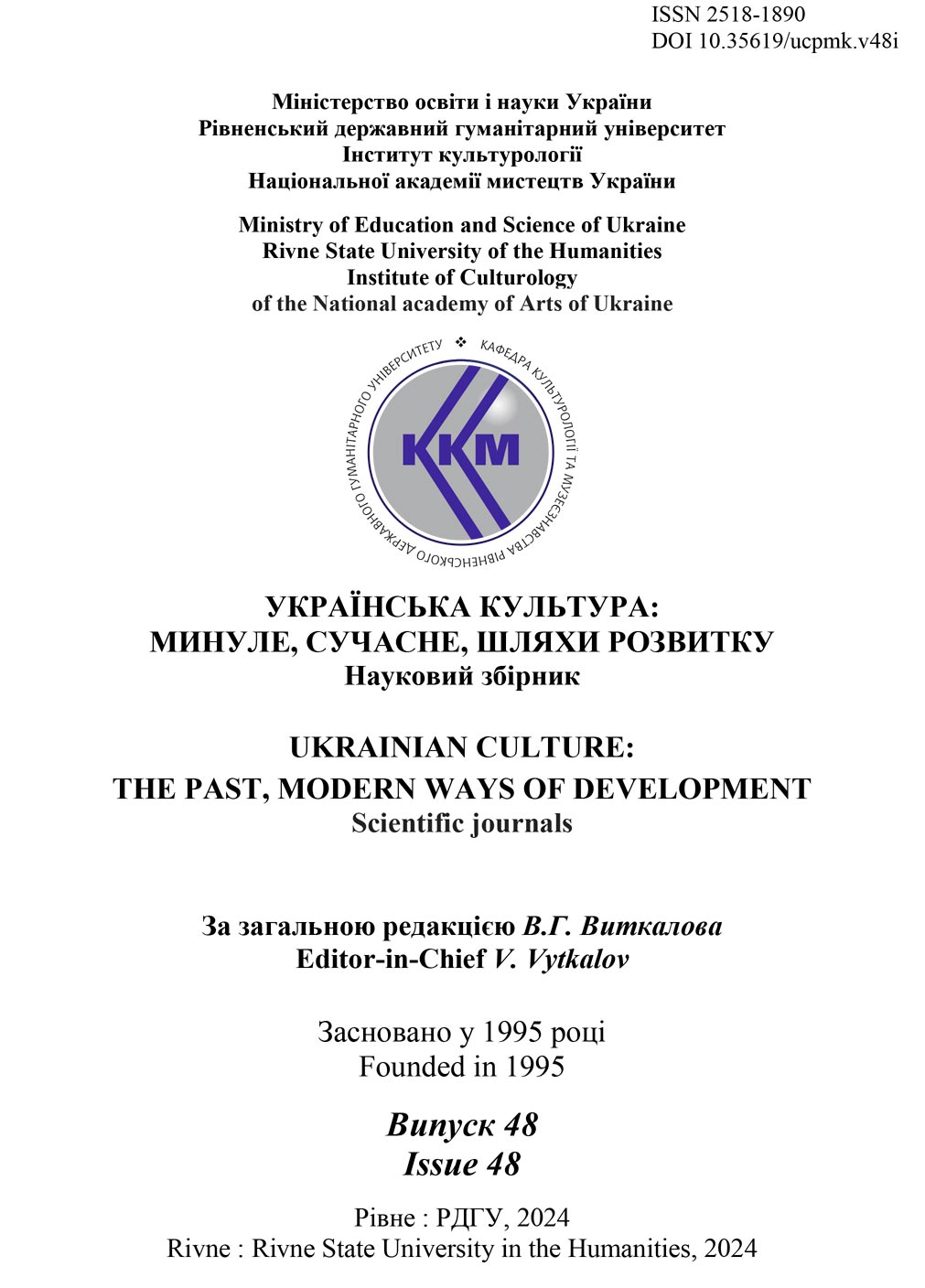DRAWING IN THE ART OF THE MEDIEVAL BOOK OF THE LATIN WEST: ON THE QUESTION OF HISTORY, FEATURES OF ARTISTIC PRACTICE AND THE SEMANTICS OF ICONOGRAPHIC MOTIVES
DOI:
https://doi.org/10.35619/ucpmk.v48i.751Keywords:
drawing, medieval, iconography, manuscripts, illustration, classical tradition, aesthetics, visuality.Abstract
There have been many general works on medieval art and numerous others on the history of drawings, however quite special and not widely common drawings of the Middle Ages have seldom been studied in their own right. This paper is aimed to introduce the audience to the broad overview of drawing use as a technique, image-making approach as well as
contribution to the knowledge of subject matters, iconographical backgrounds, and its local varieties across the medieval Europe embracing England, France, Germany, Austria, and Catalonia. The paper deals with drawings in European manuscripts between the 6th and early 15th centuries and discusses the changing attitudes towards drawings and the peculiar
qualities of linear representation. Special focus is made on the fallowing the ideas of classical heritage, that are among most influential impacts at the early stage of practicing illustration drawing in medieval manuscripts. At this point well known Utrecht Psalter is analyzed, focusing both on stylistics and aesthetics and certain iconography patterns. The extraordinary diversity of the uses of drawing and the often dividing line between aesthetic and functional considerations is shown by the wide variety of subject matters: allegorical poems such as the war between the Virtues and the Vices; celestial maps used by medieval astronomers; pictorial guides to ethics like the the Tower of Wisdom or Trees of Virtues of Vices. Also there is special attention pointed to the use of drawing techniques to implement quite abstract and intellectual images, in particular charts and diagrams commonly used for scientific, medical, astrological treaties of the high Middle Ages. Here we can find the tendency to reflect the prevalent desire of the medieval thought for imposing order on the Universe, and schematic designs made in drawing techniques became one of the most appropriate tools for the purpose. Late medieval drawings analysis is completed by the architectural designs best presented through Villard de Honnecourt drawings.
Also the paper uncovers certain local characteristics of different countries, whose artistic tradition tends more than others for drawing practices and designs in manuscript production and image making, first of all England and British isles where the tradition was flourishing during the all medieval era. Germany and Catalonia as another countries tend to evolve
drawing as widespread approach to medieval illustrations are as well briefly overviewed in the text.




